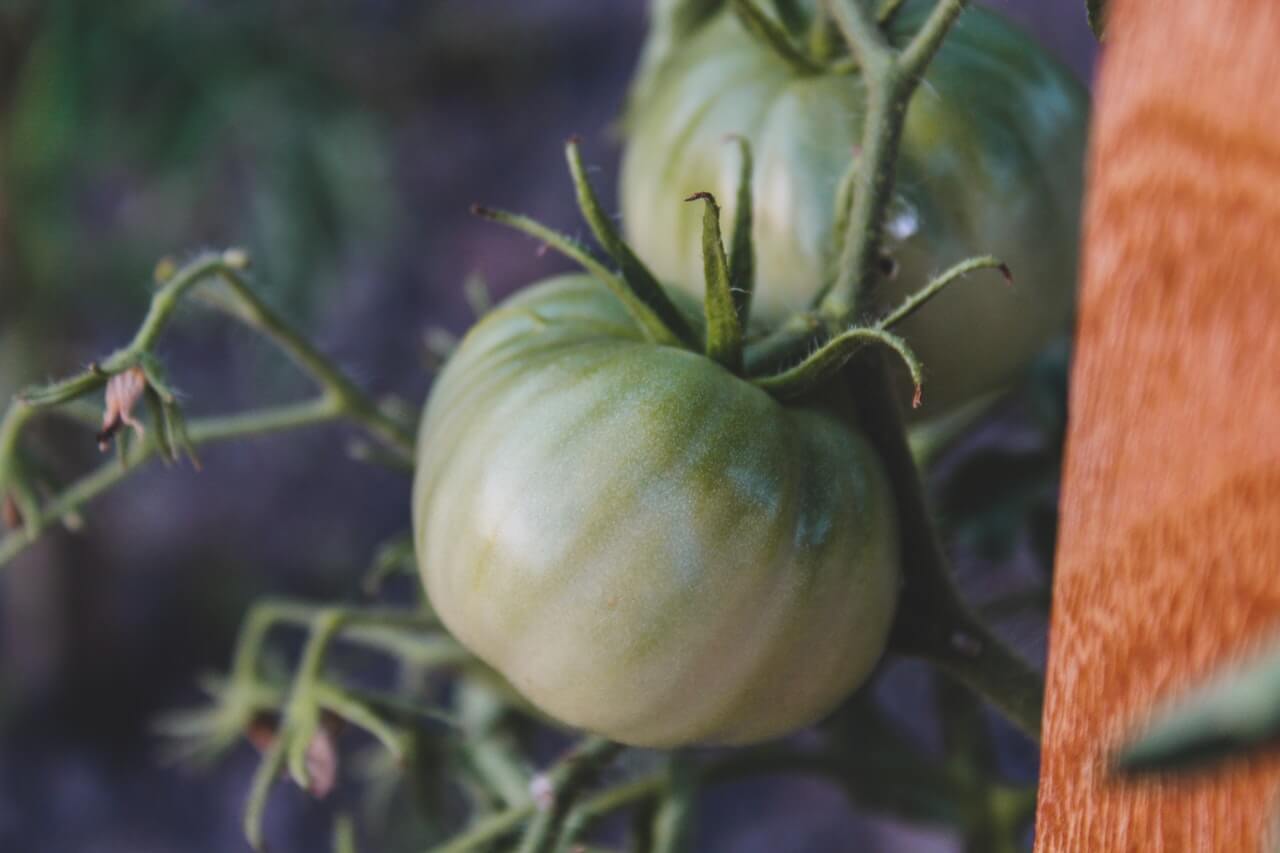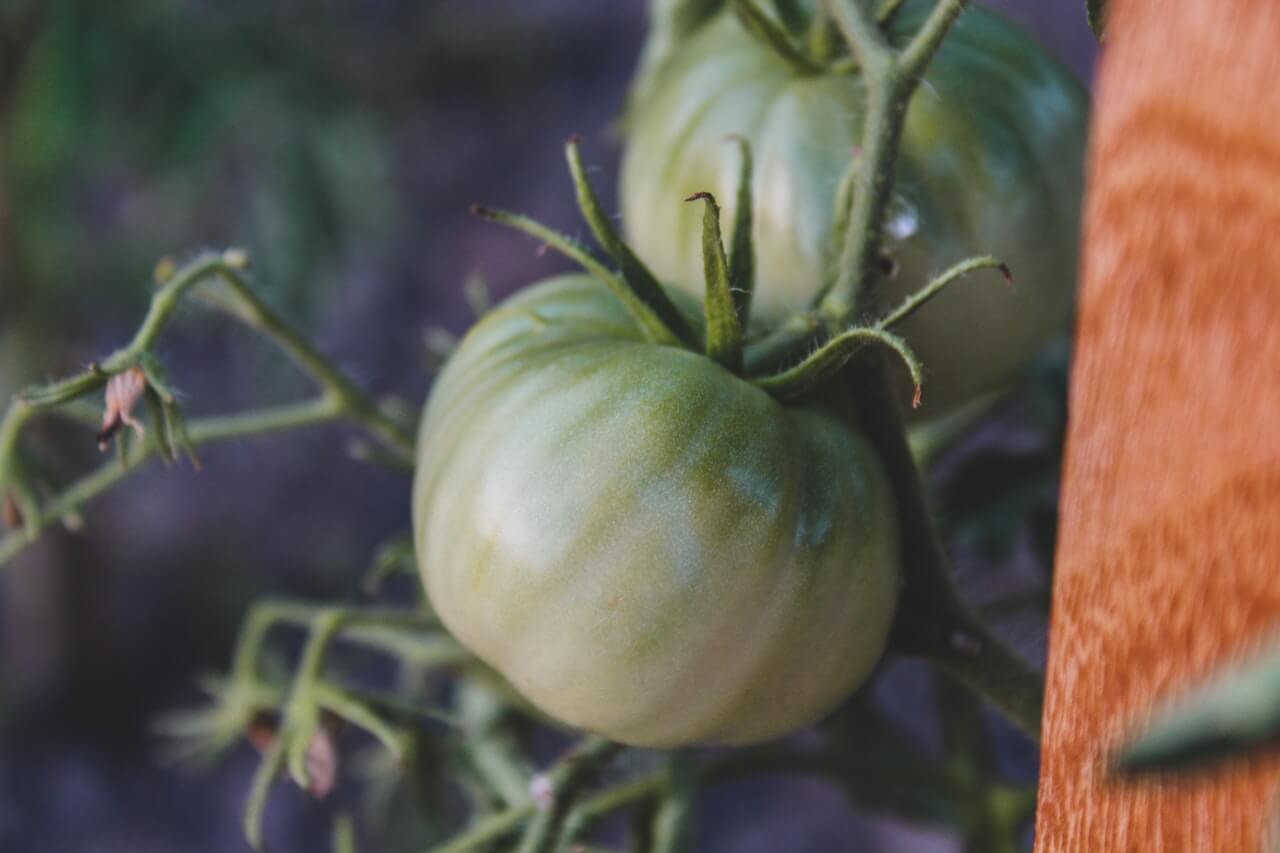There are plenty of excellent brands on the market – giving you a whole host of opportunities to find the perfect one for your unique needs. On the other hand, this may make it a little more difficult to choose. Don’t worry though, as we’ve got all the information you’ll need in our greenhouse buyers guide.
Quick overview of our guide:
Here are the questions that we’re going to answer in this quick greenhouse buying guide:
- What’s the ideal size and shape?
- What type of glazing is best?
- Which material do you need?
1. Size and shape
Essentially a greenhouse allows the sun rays to penetrate and retain the heat.
You’ll often find that there will be a wide range of different shapes and sizes available to you, which is just perfect if you need to find something that will fit into a specific space. Within the Juliana range for example, there are several options available, so there’s likely to be something that will work for you – and even if not, there are numerous other brands that you could check out.
From domes, to lean-to greenhouses big or small; there’s a good chance that you’ll find a design that works for you.
2. Glazing
Glass is often one of the most important aspects to consider, since it’s crucial to how much light your plants will get. Polycarbonate doesn’t let as much light in, but is fairly cheap and excellent for insulation. On the other hand, any toughened glass will shatter less easily and be a generally safer option (although often, it’s not as cost-effective).
Many will find that horticultural glazing is a good choice, but it’s always best to do your own research.
3. Material
Last but not least, you’re going to want to take the time to find the ideal material for your greenhouse. Two of the main options are wood and metal and there are typically benefits (and drawbacks) to both. For example, aluminium can be a cheap option, whilst also being incredibly easy to maintain. Timber is generally an excellent choice aesthetically and for temperature control, although it’s far more expensive and more difficult to maintain.
With this in mind, the best thing you can do is consider what you want for your garden and choose a material that you think will best suit your needs.

































